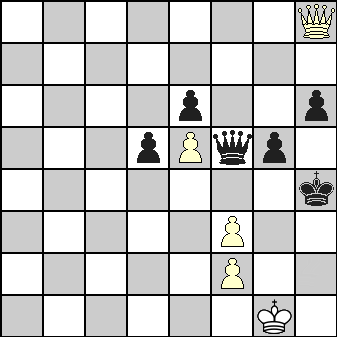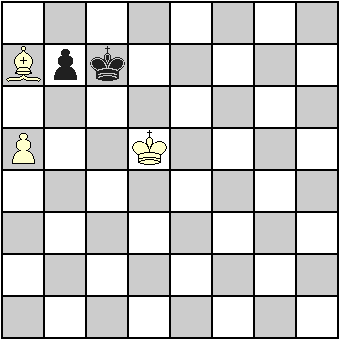
In this article, let us discuss the ways in which the opponent King can be checkmated using only the King and Rook at your disposal.
The King, as we know, can move only one square either on any of the sides, front, back or on either of the two sides. The rook, on the other hand, is capable of moving any number unoccupied squares either horizontally or vertically, and it cannot move diagonally.
A King and a Rook can always checkmate a lone King of the opponent. For this to happen, both the King and the Rook should work together such that the opponent King is driven to the edge of the board. This can be successfully achieved by cutting of the squares in which the King can effectively move, so that the opponent King has fewer options and finally is forced to move to the corner of the board, such as either “a8”, “a1”, “h8” or “h1”.
Unlike the Queen, the capability of the rook is limited, and the opponent can try to attack the rook and drive away the rook in order to gain more squares to move on. The opponent King can, however, only try to delay the inevitable as it can move only one square at a time. Nevertheless, using the king and the rook might be very tricky as well. The King has a very important role to play as well in this attempt.
To make the point more clear, let us assume the positions in a chessboard as follows: The opponent King is in “d6”; your king is in “d3” and your rook is in “a1”.
If it is your turn to move, it would be foolish to attack the opponent King by calling check at “a6”. If you do so, the opponent king might move to the centre of the board by moving one rank to “e5”. As your mission in this case would be to drive the king to the nearest corner, which is a8, you can place the rook at “a5” thus restricting the movement of the opponent King to only ranks 6, 7 and 8. As the rook can move only horizontally or vertically and cannot move diagonally, the opponent king might try to attack the rook and move it to “c6”. Your next move in that case should be to move the king to “c4”. The opponent King, in an attempt to drive away the rook, might move to “b6” threatening your rook in “a5”.
Here, you should be careful. You may be tempted to call check by placing the rook at “b5”. If you do, the opponent might move to “c6” and your attempt to pin down the opponent King at “a8” might get delayed. Therefore, it would be wise to move the rook to “c5” and restrict the movement of the opponent King to only the three ranks in two files “a” and “b”. Now, the opponent King has to make the movement only in those six squares and ensuring that no escape route is allowed to the opponent king, the ranks can be closed in such a way that the opponent king is pushed to the corner “a8” and your king is placed at “b6”. Ensuring this, a check by rook at “c8” will be the killer blow and results in a checkmate.










